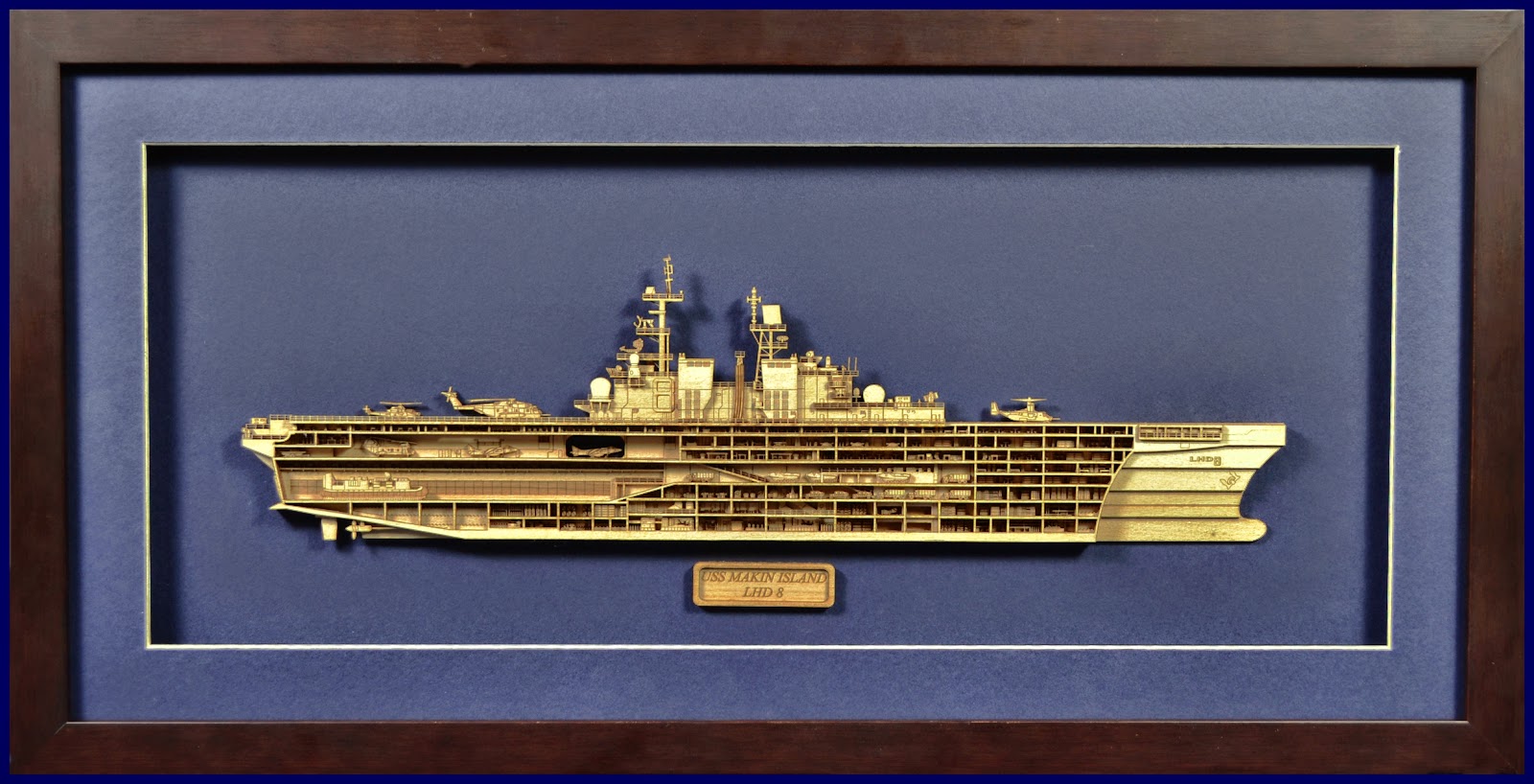Wouldn't be the first time.titan said:
I suppose it is barely possible it could be disgruntled treason type sabotage, from some leftist activist.
https://www.nbcnews.com/news/us-news/navy-unprepared-arson-fire-nuclear-sub-uss-miami-report-n248421
"If you will not fight for right when you can easily win without blood shed; if you will not fight when your victory is sure and not too costly; you may come to the moment when you will have to fight with all the odds against you and only a precarious chance of survival. There may even be a worse case. You may have to fight when there is no hope of victory, because it is better to perish than to live as slaves." - Sir Winston Churchill






